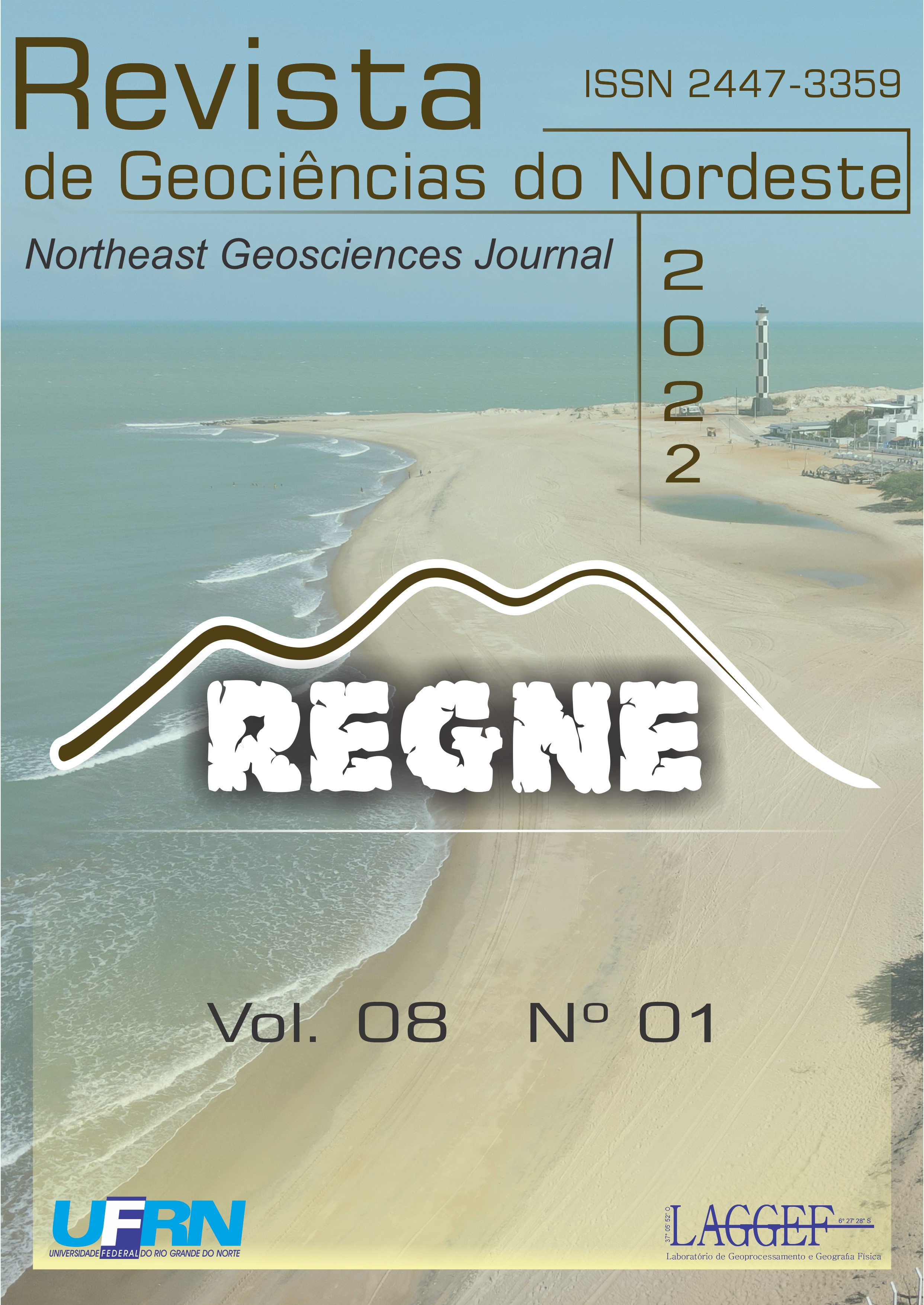Mapping of areas degraded by gold mining through remote sensing techniques along rio revue – Mozambique
DOI:
https://doi.org/10.21680/2447-3359.2022v8n1ID22350Abstract
The gold mineral in the Manica district is mined along the Revué River. The intense activities of extraction and processing of this mineral have created changes in the classes of use and land cover in the areas where mining activities are practiced. Several studies are being carried out on the negative impacts of artisanal gold mining in this district on the environment, not addressing variations in the cover usage classes. This work aims to map areas degraded by mining between the years 2000 to 2019 in the Revue microbasin, estimating the amount of native vegetation suppressed. In order to achieve the proposed objectives, the mapping of land use and coverage was carried out through the supervised classification and by calculating the Vegetation Index by Normalized Difference of Landsat 05 and Landsat 08 (OLI) satellite images. The images were pre-processed and classified by Geographic Information Systems (SPRING 5.5.2, ArcGIS 10.2.1 and QGIS 3.2.3). The results showed that the current pattern of land use and occupation is markedly characterized by the presence of artisanal, industrial mining areas and the planting of eucalyptus and pine trees that expand towards areas of native vegetation and exposed soil.


 Português (Brasil)
Português (Brasil) English
English







